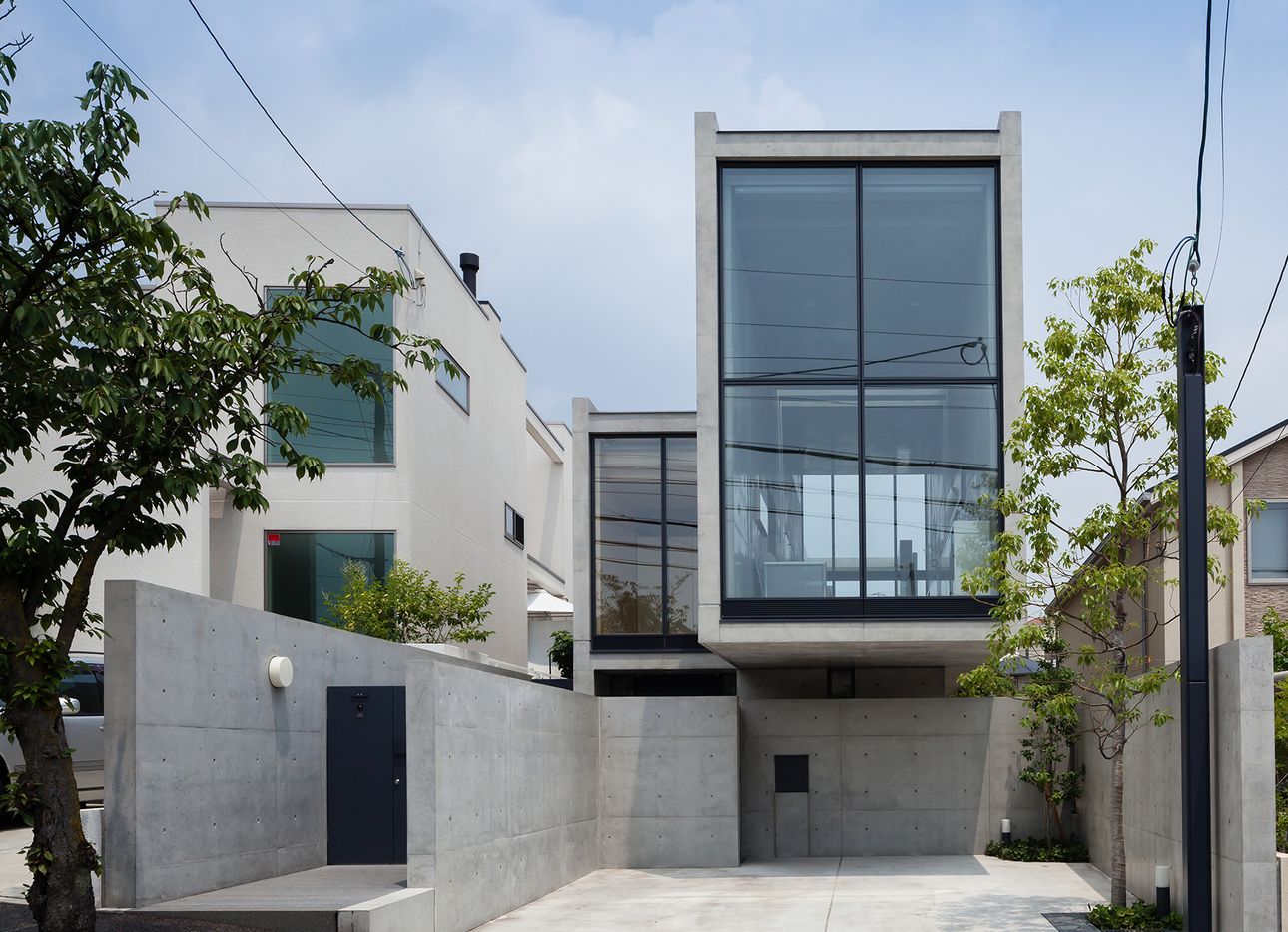
A New Book Surveys 11 Transcendent, Light-Filled Homes Designed by Tadao Ando
The Covid-19 pandemic, by its very nature, has led to a universal turning toward—or even retreating to—home. The very notion of dwelling as fundamental to humankind has been all the more dramatized in these precarious times. It seems appropriate, then, that into this complex moment comes a beautiful, clarifying book, Tadao Ando: Living With Light (Rizzoli), out this week, that presents 11 extraordinary residential projects designed by the Japanese architect, who has created more than 100 homes over the course of his five-decades-plus career. The winner of the 1995 Pritzker Architecture Prize, Ando is known for his impeccably constructed concrete structures verging on the spiritual (or sometimes they’re literally spiritual, as in the case of his 1989 Church of Light in Osaka, Japan), as well as for his ability to sculpt ephemeral forms with daylight, using it as an architectural material itself. Drawing nature inside, and blurring the lines between indoors and out, his transcendent spaces heighten the senses and function, like a clock, as connection points to time, nature, and the seasons.
Each of the projects in the book, written by the architectural historian Philip Jodidio, serves as a striking example of Ando’s residential work: One in Malibu (2006–2012)—which happens to be on the market right now for a whopping $75 million—is situated on a beach and features far-off vistas of the Pacific Ocean; it was designed to “exist as one with the ever-changing ocean spread out in front of it,” Ando says. Another, a penthouse in Manhattan (2013–2019), includes a vertical garden by the botanist and artist Patrick Blanc and functions as a “jewel box in the sky,” as Ando puts it. Yet another, in Oaxaca, Mexico (2011–2014), built for the artist Bosco Sodi and his Casa Wabi Foundation, combines Ando’s trademark concrete with palapa roofs, made with dried royal palm fronds—a way to offer natural ventilation. Taken as a whole, the featured homes show how, in Ando’s hands, simple materials—when combined with light and intimately integrated into their natural surroundings—can elevate architecture to revelatory heights of magnificent expression.